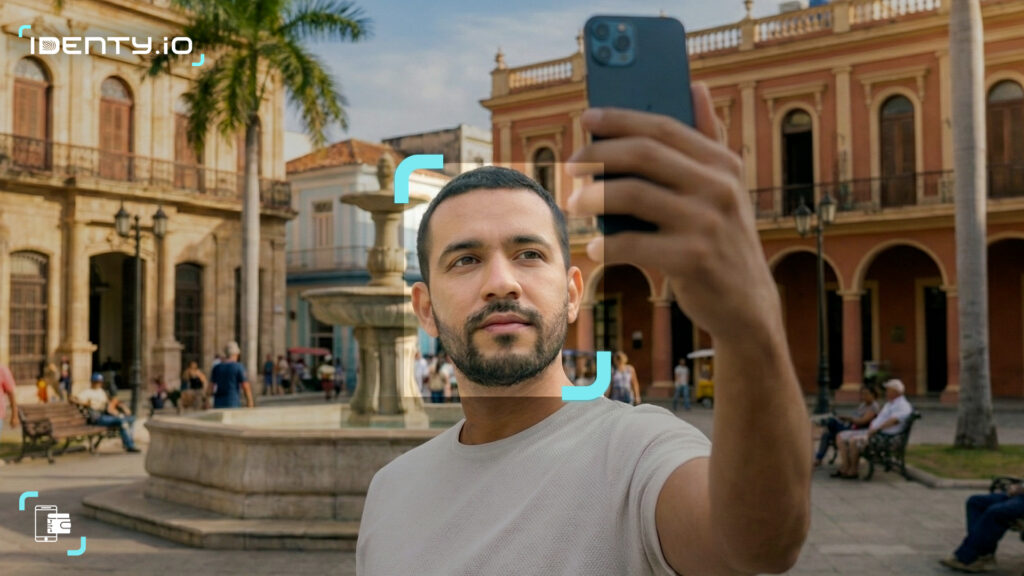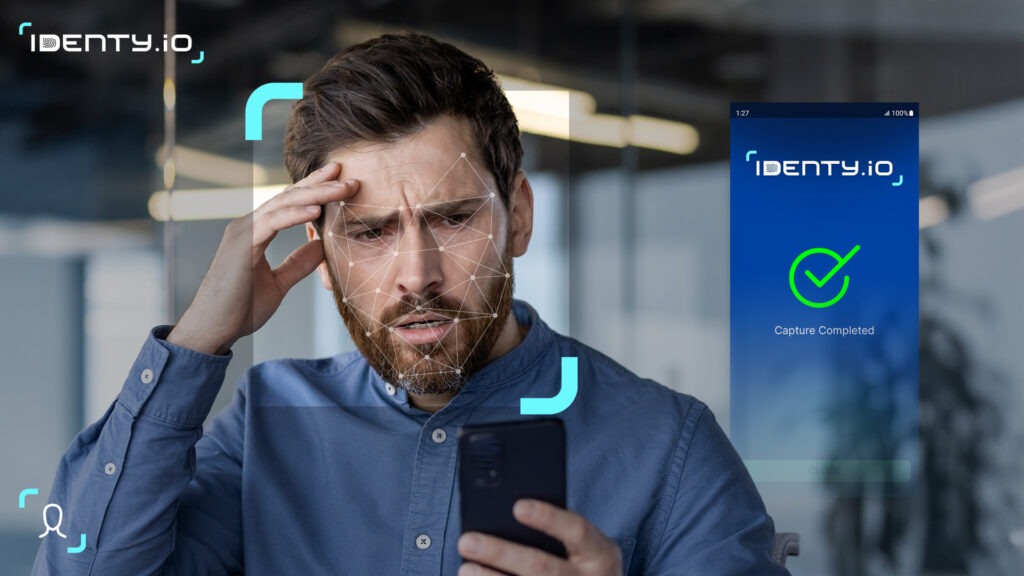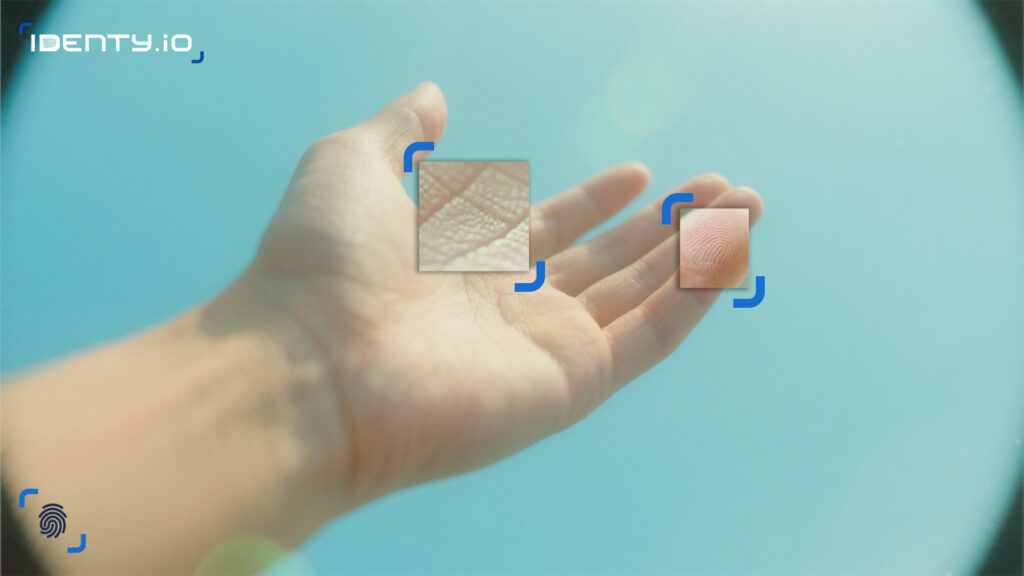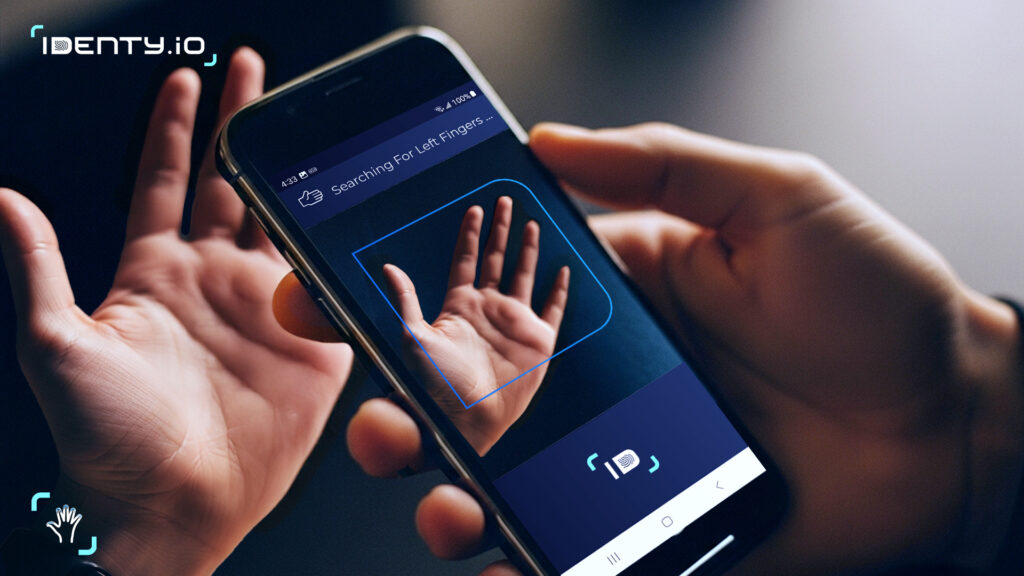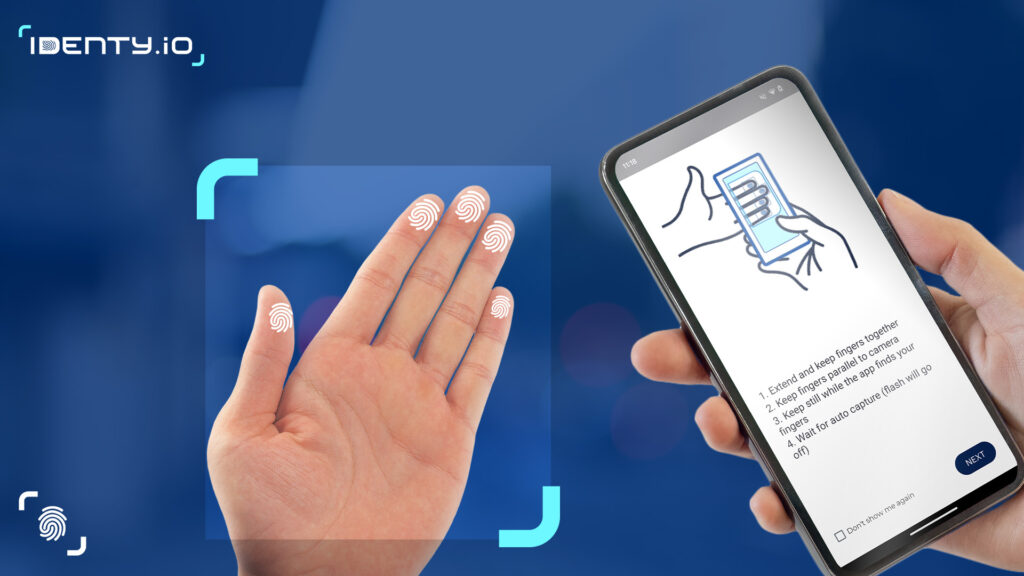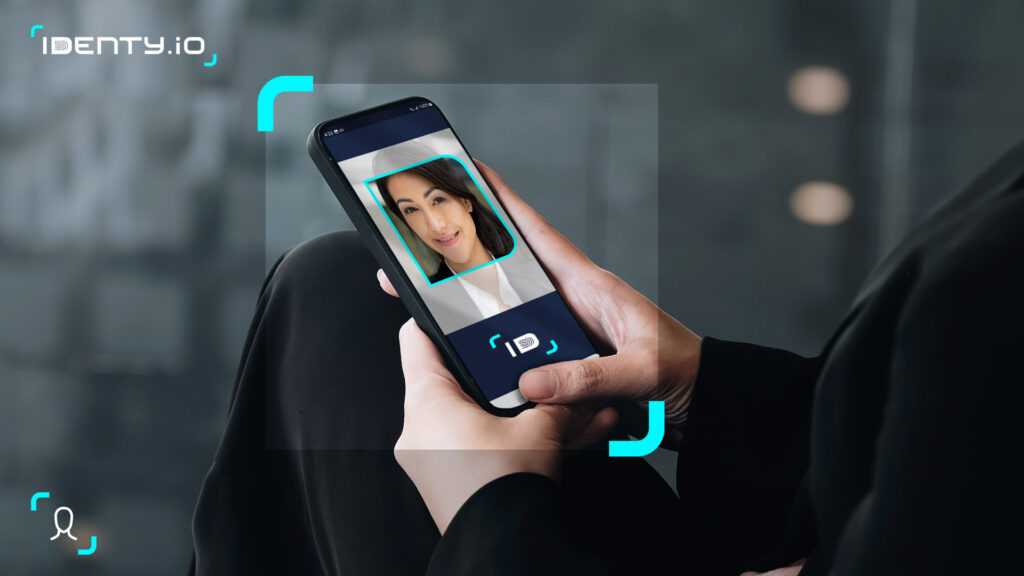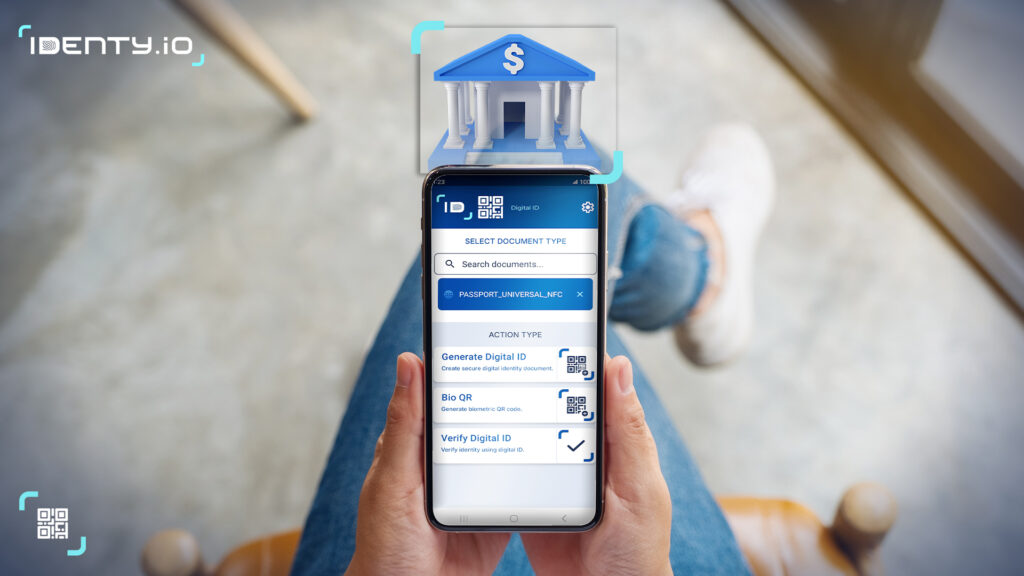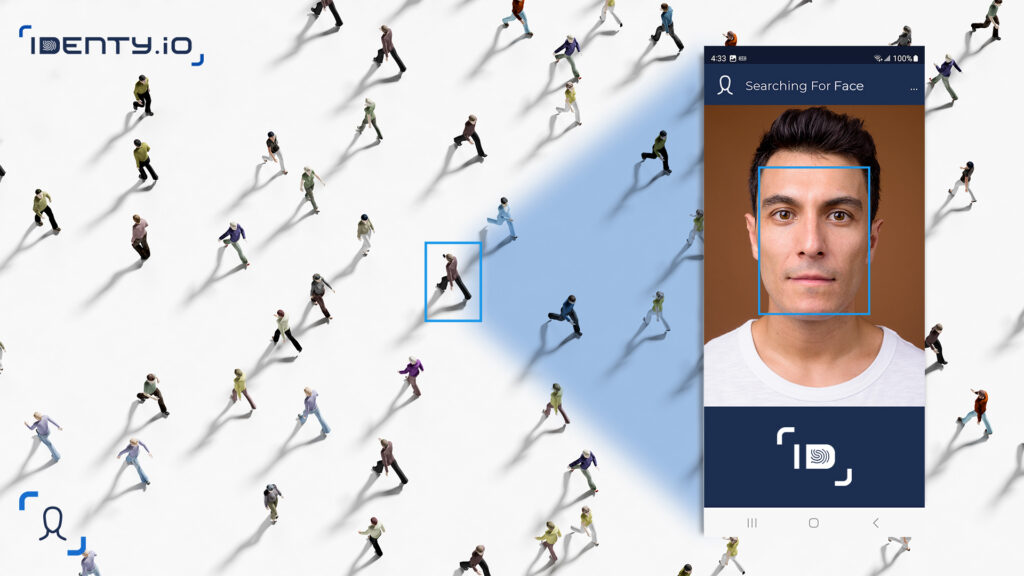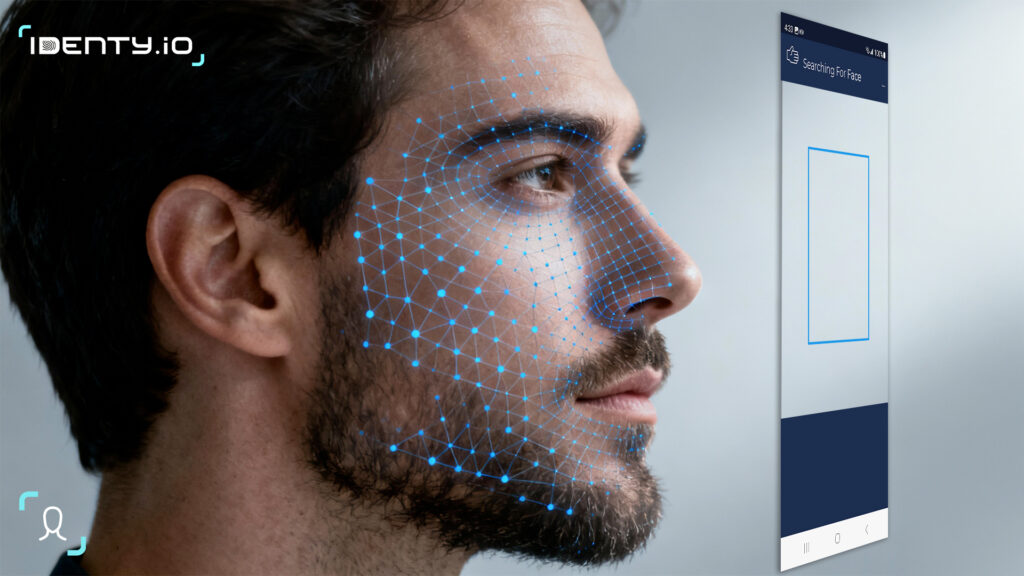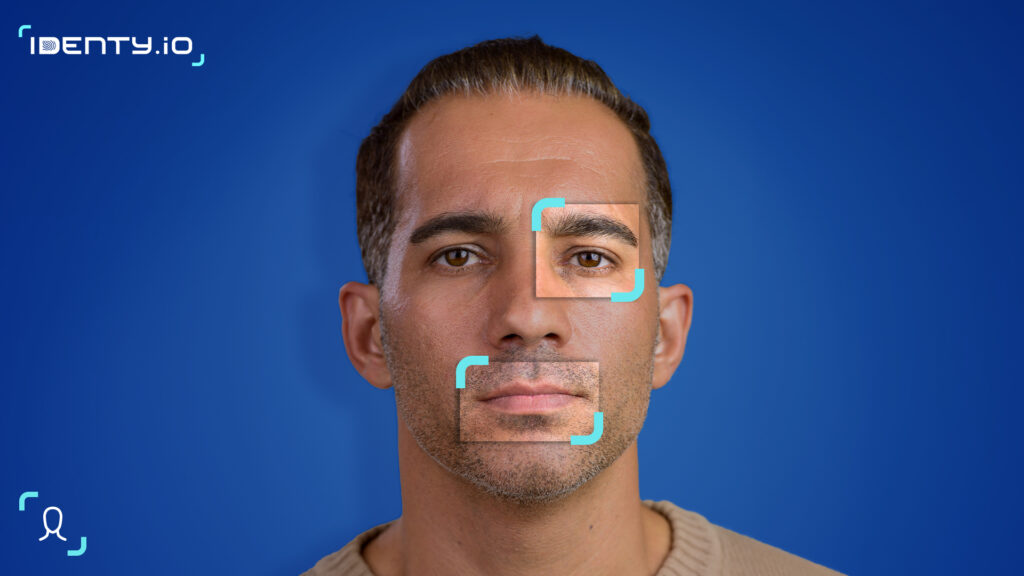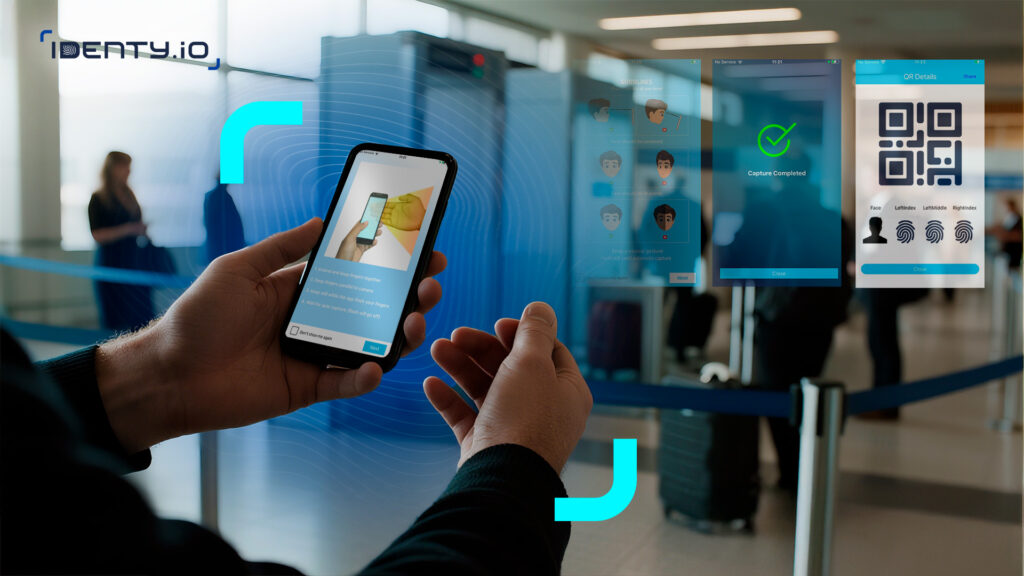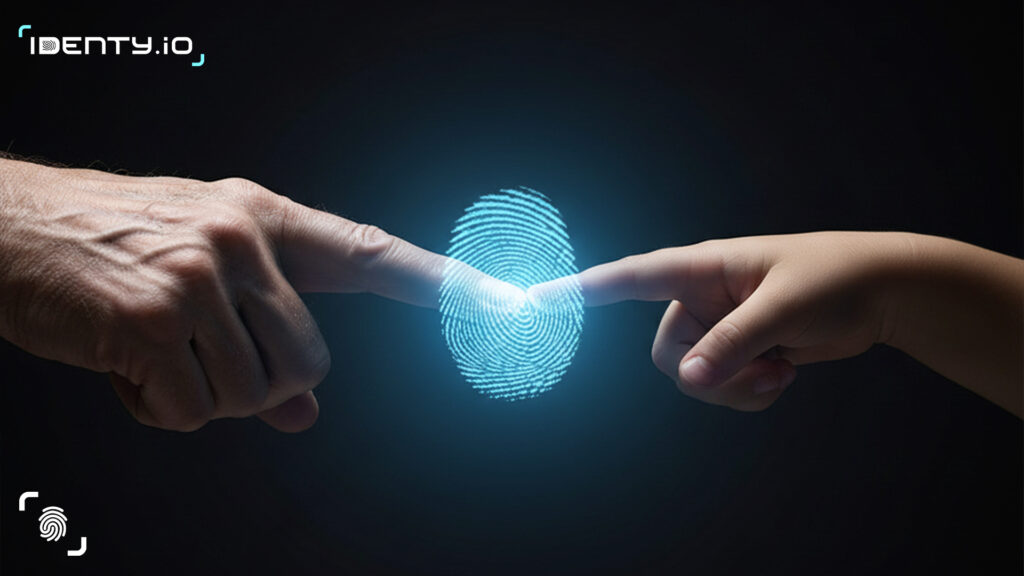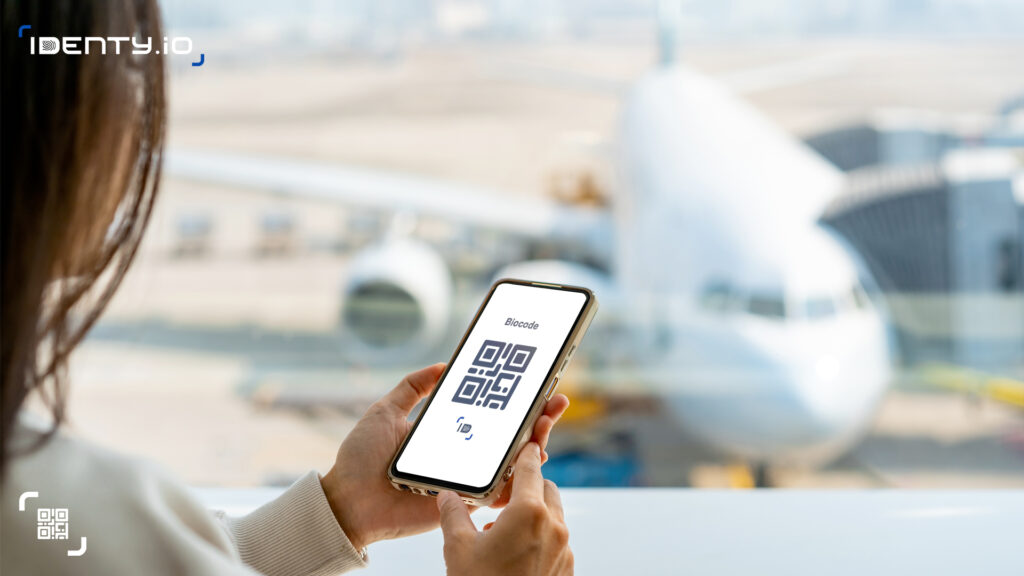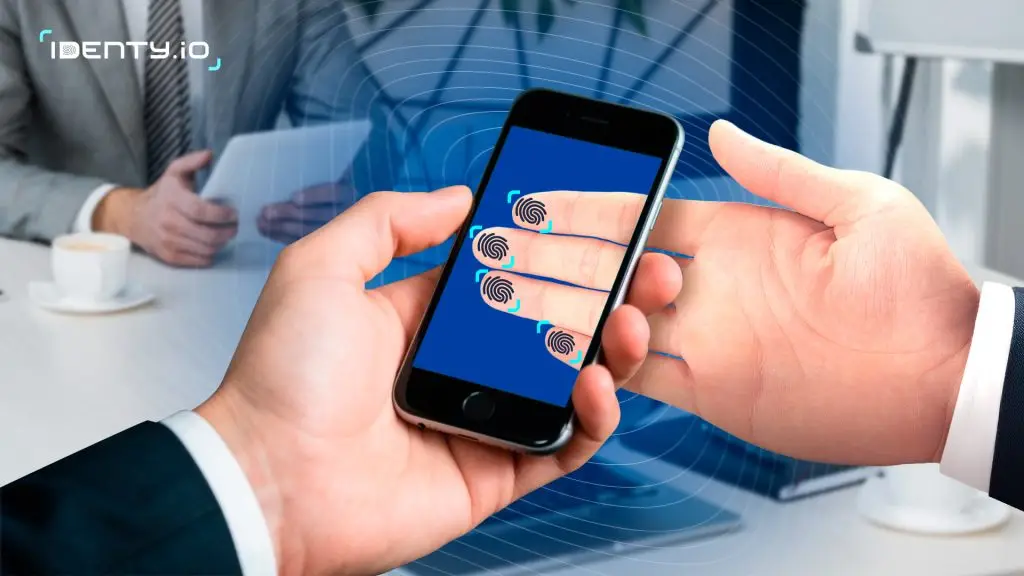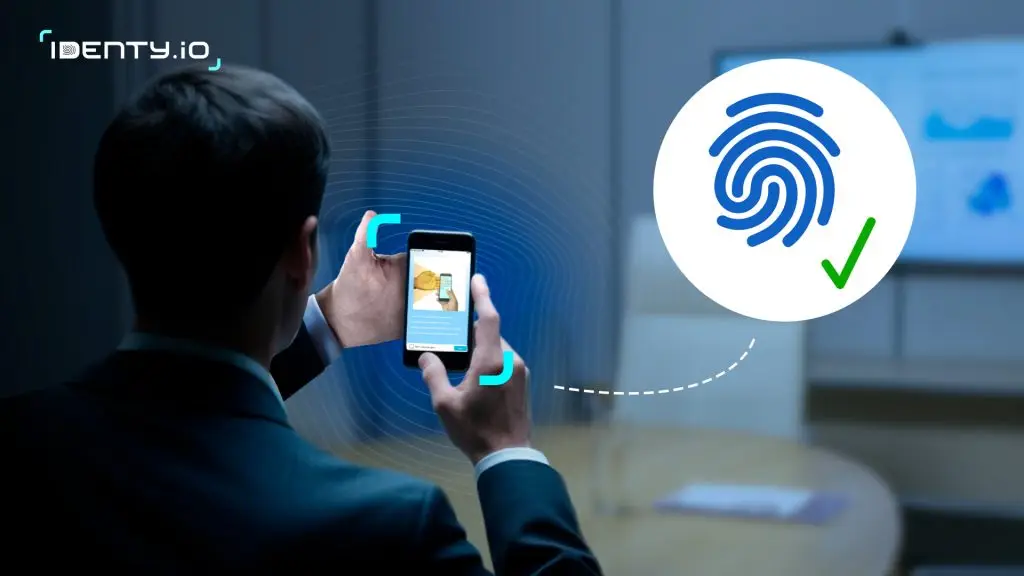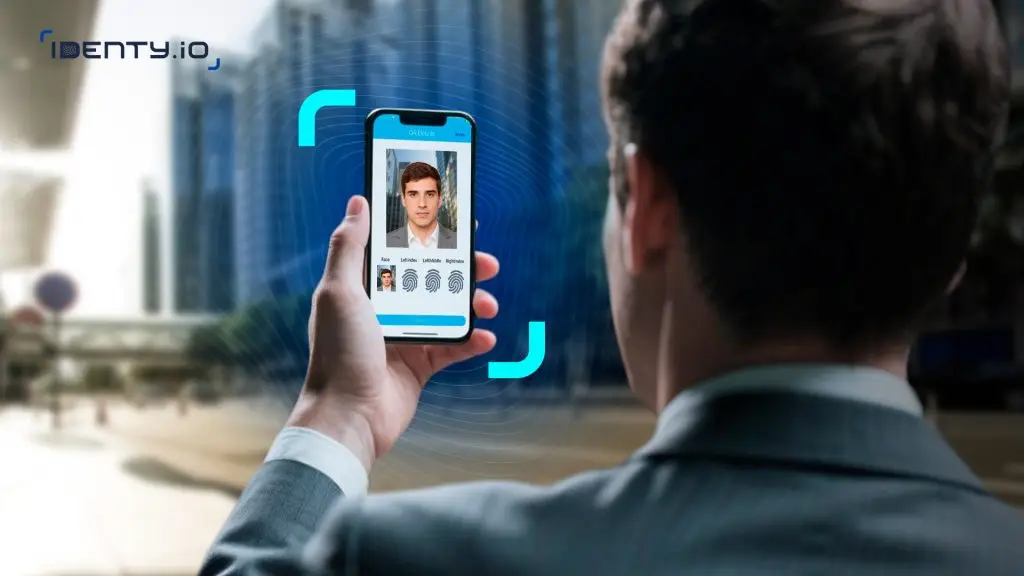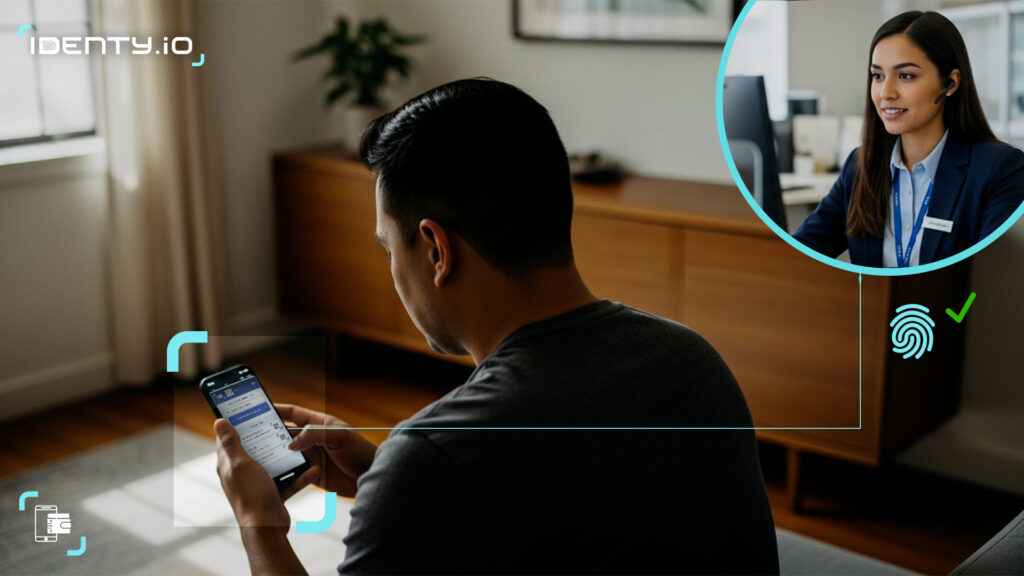
Digital identity verification: Use cases in banks
Banks and fintechs are rapidly digitizing their services, making robust digital identity verification essential to prevent fraud and comply with regulations. As financial transactions move online, verifying that each customer is who they claim to be is crucial for meeting Know Your Customer (KYC) requirements and protecting against identity theft. For industry leaders, strong identity verification is not just about security it’s also a way to build customer trust in digital banking by ensuring every interaction is authentic and safe. Banks are turning to specialized digital identity verification solutions to achieve secure, seamless verification. Identy.io, for example, provides a mobile-first biometric

